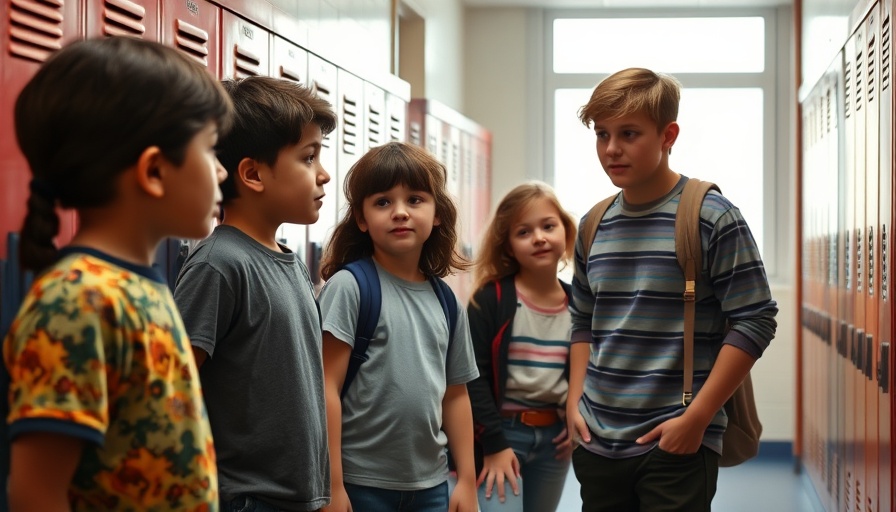
Understanding the Roots of School Bullying
Bullying, both in person and online, has become a prevalent issue affecting children and teens across the globe. Recent incidents in New Zealand, including a highly publicized confrontation between a parent and school children, highlight the urgent need for understanding and addressing bullying behaviors.
Research has shown that bullying not only affects the children who are victimized but also those who witness these acts. It can have serious, long-lasting effects on mental health, leading to anxiety, depression, and in some tragic cases, even suicide. Parents must be aware of these implications and take proactive steps to educate their children about bullying, its consequences, and ways to intervene safely.
Why This Moment Resonated with Parents
The moment when a mother confronted schoolchildren about tormenting her child resonated strongly with parents everywhere. Most can relate to the fear of seeing their children hurt or insulted, especially in a school environment where they are supposed to feel safe. This act of public confrontation shows a determination to protect one’s child that many parents feel deeply.
Furthermore, it reflects a growing awareness among parents about the importance of being involved in their children’s social lives. Open lines of communication between parents and children are critical in preventing bullying, as is fostering a sense of empathy in kids towards their peers.
Engaging in the Conversation: What Parents Can Do
As parents, engaging in conversations about bullying should be a priority. The failure to address bullying doesn't just leave children without support; it also perpetuates a culture where such behavior is tolerated. Schools can play a significant role by implementing programs that teach respect and empathy. These programs can help cultivate a more inclusive environment, drastically reducing instances of bullying.
Moreover, parents can utilize available resources and educational tools aimed at enhancing their children's understanding of social dynamics. For instance, documentaries or literature discussing the implications of bullying can offer a deeper insight into the life-altering effects it can have.
Staying Aware: Preventing Cyberbullying
The rise of digital platforms has also changed how bullying manifests, transforming it into a more covert form—cyberbullying. Like traditional bullying, cyberbullying can lead to severe emotional distress and feelings of isolation. Parents should consider implementing parental controls on devices and monitoring their children’s online interactions while still respecting their privacy.
Encouraging children to talk about their online experiences can help resolve issues before they escalate. Parents must make sure their kids know they are a safe space for discussing any concerns they might have about bullying, whether in-person or online.
The Importance of Technology Education
Understanding how social media works is crucial for parents navigating these issues today. Education on safe social media practices ought to begin at an early age, where kids learn to identify harmful behaviors and understand their implications. Not only does this empower students, but it also fosters responsibility while using technology.
Furthermore, parents can cultivate this by encouraging device-free activities that promote face-to-face interactions among peers—activities that build confidence and person-to-person communication skills.
Moving Forward: Resources and Support
Finally, parents looking for additional support should consider local community resources or hotlines dedicated to helping children deal with bullying. Collaborating with schools can also provide additional avenues for intervention that keeps the focus on child safety and emotional wellbeing.
As parents, understanding and acknowledging that bullying exists in many forms is the first step toward creating safer and more supportive environments for our children. If we do not ignore this issue, we can work together towards a future where every child can flourish without fear of being bullied in school or online.
 Add Row
Add Row  Add
Add 




Write A Comment